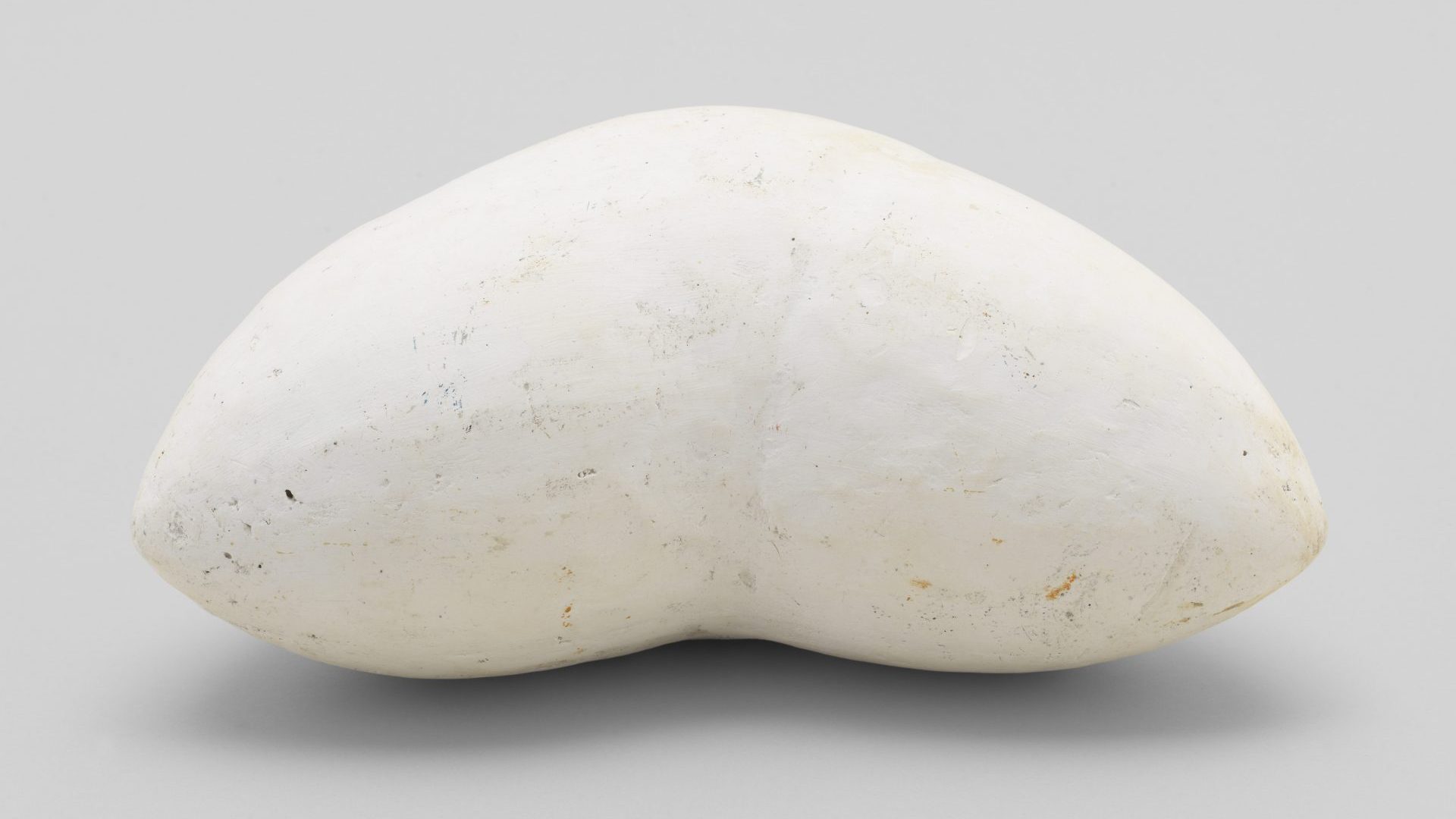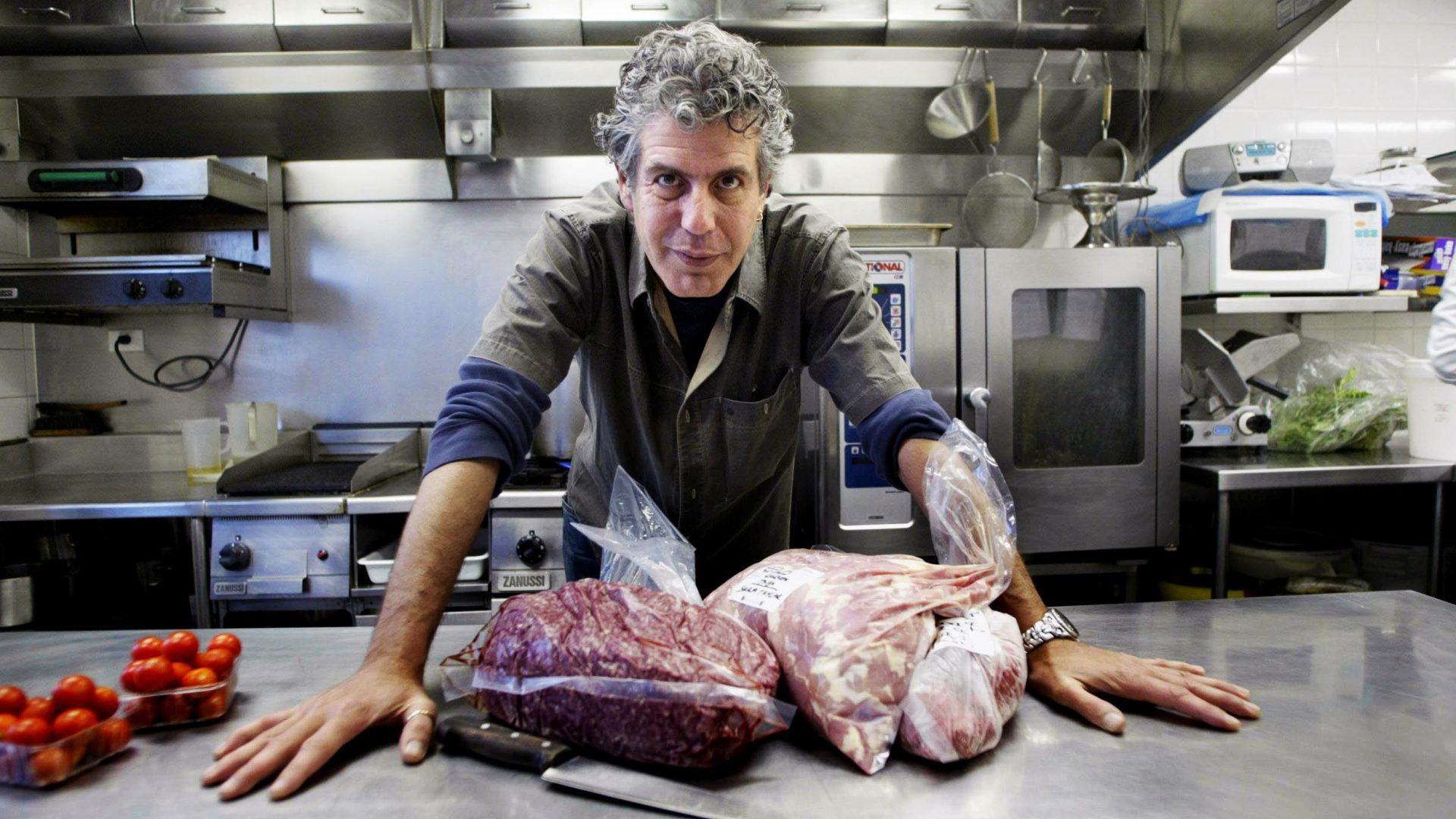“I can’t stand gushy movies, pretty pictures and pretty sculptures,” the artist Eva Hesse once said in an interview in 1970, the year she died from a brain tumour at the age of 34. Working at a time when it was unusual for a woman to walk into a hardware store in Lower Manhattan to purchase building materials for art-making, Hesse was focused on keeping her work in “the ugly zone”, experimenting with latex, resin, fibreglass and polyethylene.
She was not alone, as the Courtauld Gallery’s current exhibition Abstract Erotic demonstrates. Here, Hesse’s sculptures are displayed alongside those of Louise Bourgeois, whose darkened latex lumps have been likened to turds, and the work of Alice Adams, whose tangled rough-edged pieces made from chain-link fencing were a deliberate rejection of the loom on which she had trained.
Beauty was never the aim of these artists, nor was it the concern of curator Lucy R Lippard, who originally brought them together in a group show of eight sculptors at the Fischbach Gallery, New York, in 1966. For this earlier exhibition, called Eccentric Abstraction, Lippard was interested in an art that was less austere and more sensuous than the minimalism of the age. “I was sick of beauty,” she said. “I quoted Champfleury: ‘Only the ugly is attractive’.”
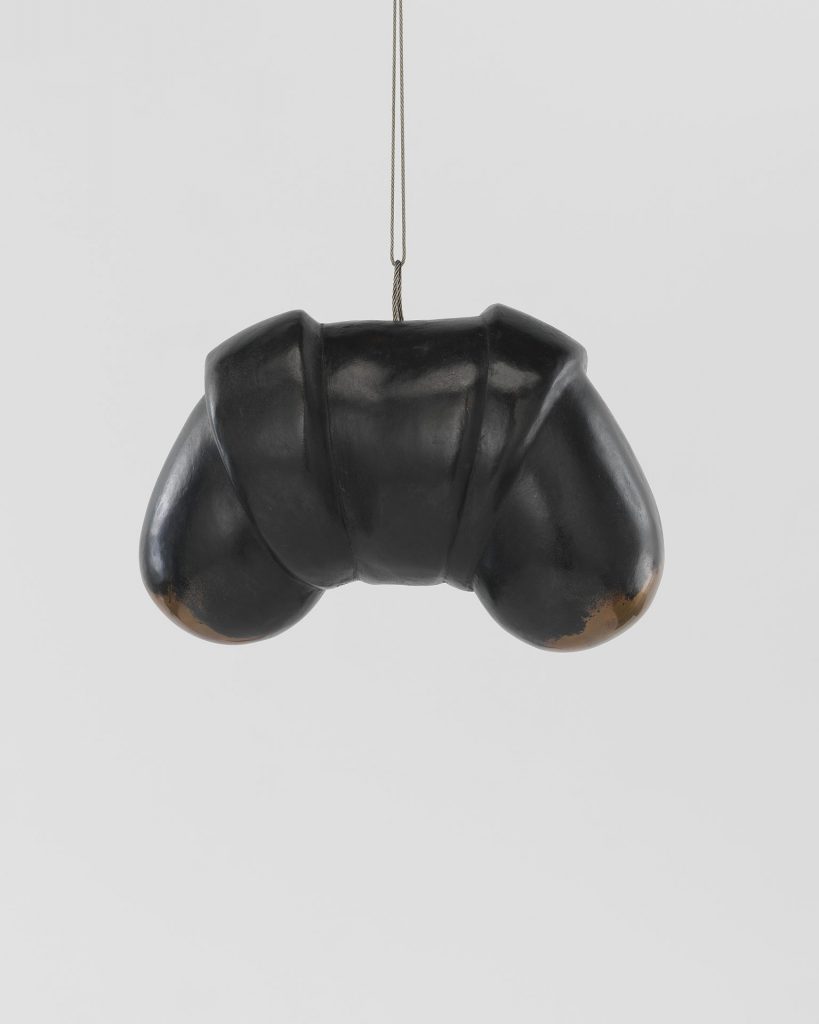
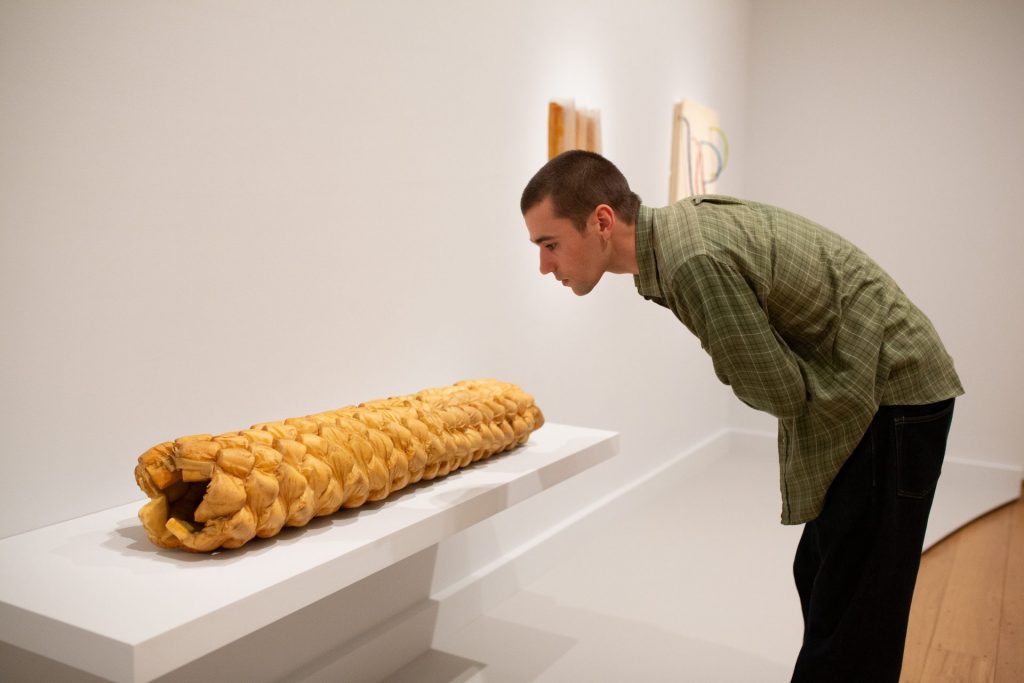
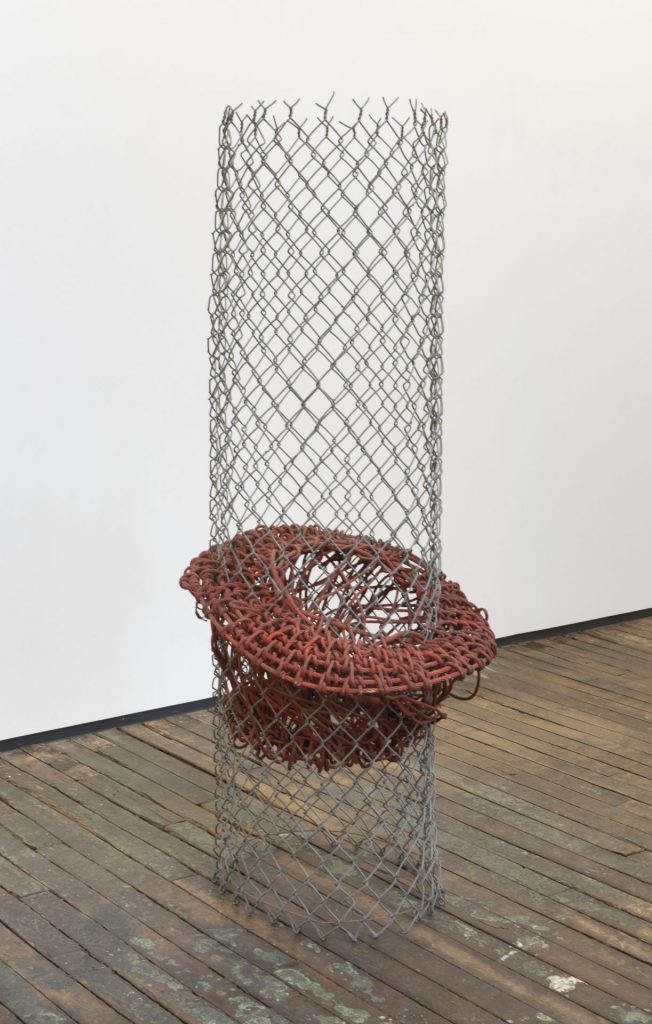
Almost 50 years have elapsed since then, and Bourgeois, Hesse and Adams are reunited in Abstract Erotic at the Courtauld, a collection of their artworks from 1962 to 1970. There’s a pleasing sense of togetherness here; these women shared a time, place, friends, teachers, an approach and, of course, a gender.
The forms of their sculptures are fundamental and anthropomorphic: fleshy bulbous mounds, glistening protuberances, dark orifices. They play with scale, weight and opposites. Eva Hesse’s bound bundles painted in black enamel and hung in fishnet sacks on a white wall (No Title) are deliciously erotic in their sheen, tactility and heaviness; you feel invited to handle them, as the artist once did. Louise Bourgeois’s upended urethane rubber phallus (Fillette, Sweeter Version) is suspended on a hook, and carries with it a pair of rounded breast-like appendages. Alice Adams’s quilted, knobbled, pus-hued Expanded Cylinder, supine on a shelf, belies its cold industrial title.
Smaller works are arranged in a “cabinet of curiosities” vitrine. The tiny round containers by Eva Hesse that spill over with wriggling worm-like forms (No Title) sit next to Sheath, a vessel-shaped object by Alice Adams, made from cotton cord woven on to rope and completed by a comical raffish tail. Dominant, though, are Louise Bourgeois’s Lair and, in the adjoining room, its gaping, genital-eyed sibling Le Regard. Both are made from latex poured or coated over fabric; one suggestive of an animal’s refuge; the other of a labial interior.
Latex was favoured for its malleability, versatility and skin-like appearance but it does not age well: it darkens and turns brittle. Adams’s Big Aluminium 2, a large fish shape woven together from chain link that floats above the gallery floor, is rarely exhibited due to its fragility. The artists were well aware of their materials’ short lifespan. Said Hesse, “Life doesn’t last, art doesn’t last…” Such pieces rarely travel.
The artists, on the other hand, did travel, criss-crossing the Atlantic, reinventing themselves and their practice. When French-born Louise Bourgeois married the American art historian, Robert Goldwater, in 1938, she relocated to New York. This new environment presented new opportunities, from printmaking at Stanley William Hayter’s Atelier 17 to an intense period of psychoanalysis, after which Bourgeois shifted to softer materials: wax, resin, latex. Working with plaster (the “poor man’s marble”) she later undertook several trips to Pietrasanta and Carrara in Italy to work in bronze and stone.
Eva Hesse was born in Germany, but moved with her family to New York in 1939 to escape the Nazi persecution of the Jews. She returned with her husband Tom Doyle in 1964, for a residency in an abandoned textile factory near Essen. Initially a painter, the experience fundamentally altered her approach, and she switched from painting to making constructions from discarded materials lying around the factory floor, developing a fresh sculptural language.
Alice Adams was born in New York and, like Hesse, studied under Josef Albers. After graduating in 1953, she went to France to follow a traditional tapestry design and weaving course at the prestigious École Nationale d’Art Décoratif in Aubusson, where Bourgeois’s mother and grandmother grew up. Adams returned to Manhattan with a two-harness tapestry loom, but, frustrated by its limitations, she boxed it up. “I had begun to see the possibility of woven forms other than those of the square or rectangular mural,” she said.
These three time-travellers, Louise Bourgeois, Eva Hesse and Alice Adams, offer wry, intimate responses to a fractured world. As Lippard states in the catalogue that accompanies this absorbing exhibition, their work “has not yet outlived its significance”.
Abstract Erotic: Louise Bourgeois, Eva Hesse, Alice Adams is at the Courtauld, June 20 – September 14, 2025


